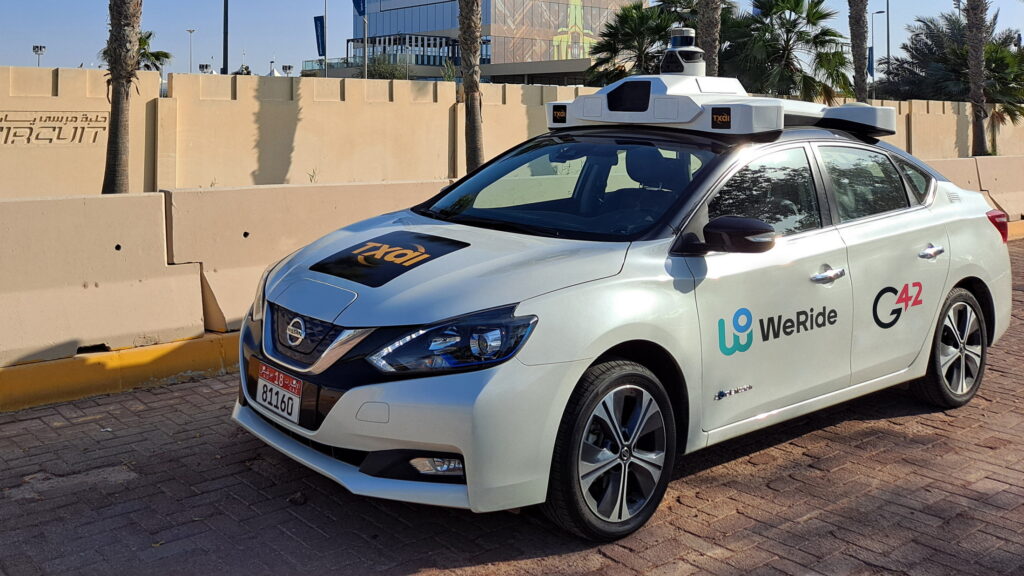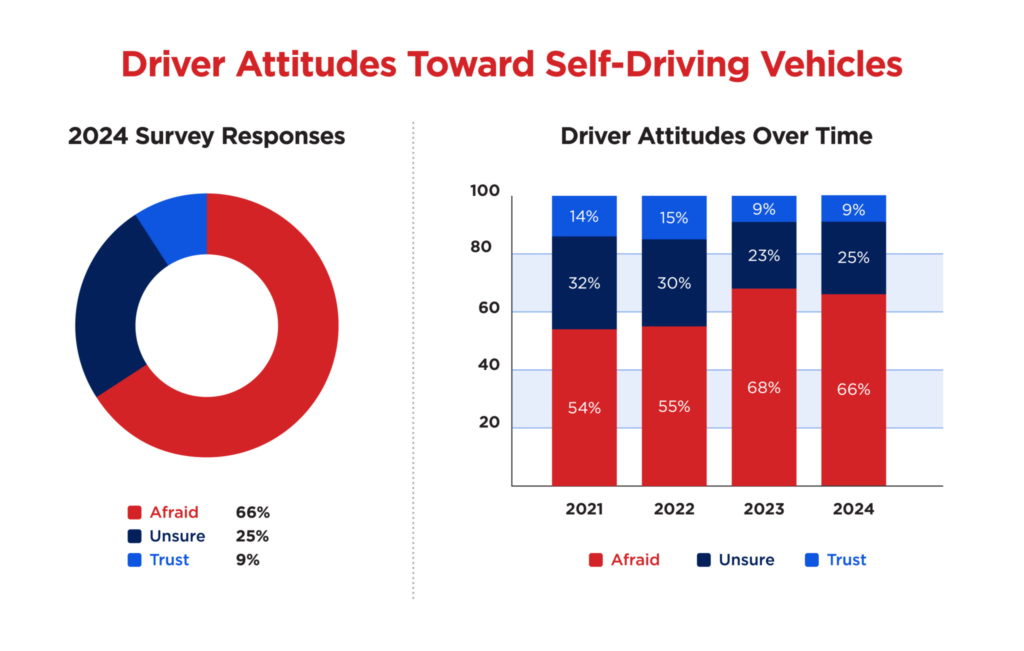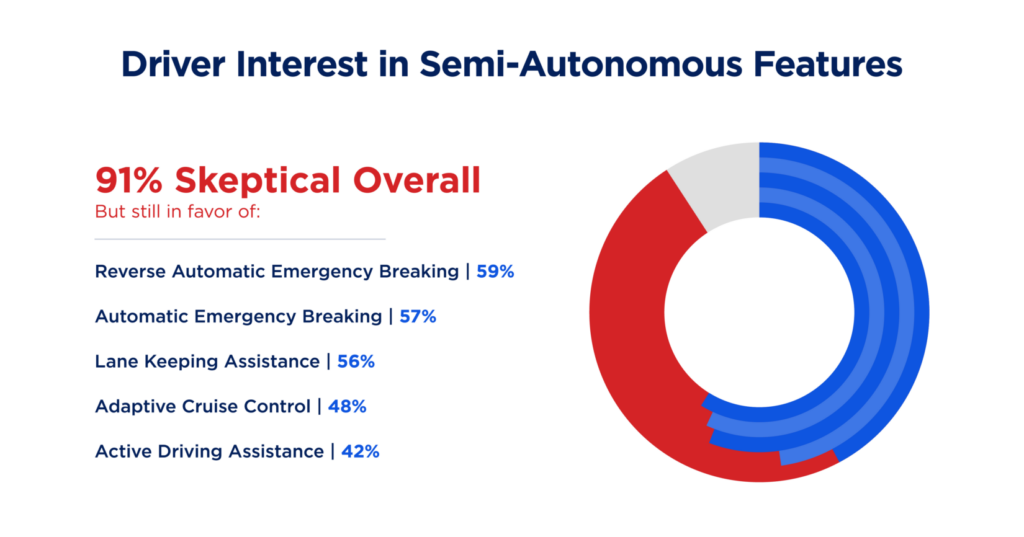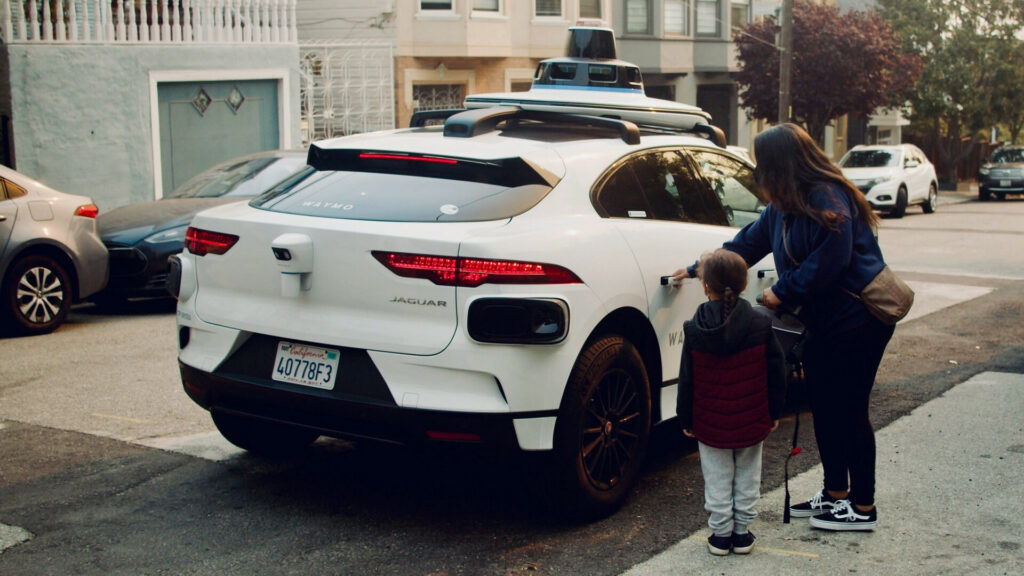An interesting survey out of the U.S. has revealed that two-thirds of drivers are afraid of self-driving vehicles, a figure that has jumped significantly from the 54% that expressed similar feelings in 2021.
The study from AAA was conducted between January 11-16, 2024, using a panel to provide a sample coverage of approximately 97% of the U.S. household population. A total of 1,010 eligible drivers responded to the survey and 66% of them said they are afraid of self-driving vehicles, 25% said they are unsure about such technologies, and just 9% said they trust vehicles that can drive themselves.
The proportion of people who are afraid of self-driving vehicles has decreased marginally from 68% in 2023 but remains much higher than the 55% reported in 2022 and 54% in 2021. AAA director of automotive engineering research Greg Brannon believes recent accidents involving autonomous vehicles are partly to blame for growing fears.
Read: Reverse Automatic Emergency Braking Systems Improve Safety, But Are Far From Perfect

“There has been an increase in consumer fear over the past few years,” he said. “Given the numerous and well–publicized incidents involving current vehicle technologies – it’s not surprising that people are apprehensive about their safety.”
While people remain skeptical about fully-autonomous vehicles, plenty still support the semi-autonomous driving assistance functions that have become commonplace among most new cars. For example, 63% of U.S. drivers want Reverse Automatic Emergency Braking on their next vehicle while 63% also want Automatic Emergency Braking and 62% would like Lane Keeping Assistance.
Worryingly, 40% of people revealed they believe there are cars currently on sale that can drive themselves while you sleep, something which isn’t true. The AAA says this shows that consumers need to be better educated about such technologies.
“AAA looks to collaborate with automakers to establish uniformity in system naming and performance across the industry,” Brannon said. “By working together, we can assist consumers in understanding the technology present in their vehicles and educate them on how, when and where to use such systems properly.”





